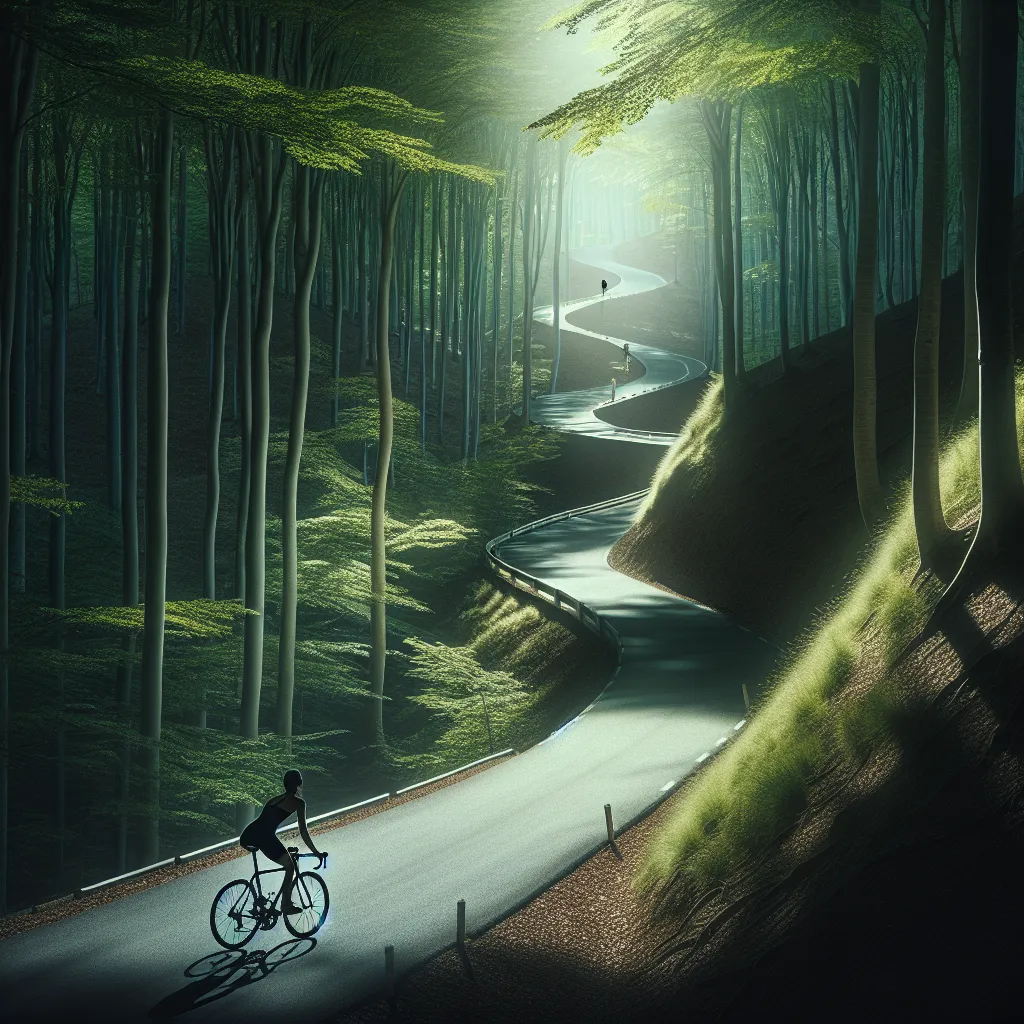Conquering the Cols: La Core and Portet d'Aspet Challenge
Two legendary Pyrenean climbs define cycling in the Couserans: the sweeping ascent of Col de la Core and the brutal gradients of Col de Portet d'Aspet. Discover what makes these Tour de France cols unforgettable.

Introduction: Two Cols, Two Characters
The Couserans region surrounding St Girons is home to two of the Pyrenees' most distinctive climbs. Col de la Core, at 1,395 meters, offers a sustained, varied ascent that rewards patience and pacing. Col de Portet d'Aspet, though lower at 1,069 meters, packs a ferocious punch with gradients that have humbled Tour de France champions. Together, they represent everything that makes Pyrenean cycling so compelling: stunning scenery, genuine challenge, and a deep connection to cycling history.

Pyrenean Col Challenge
Col de la Core: The Long Game
Rising to 1,395 meters between Castillon-en-Couserans and Seix, Col de la Core is a col that demands respect rather than fear. From Castillon, the climb stretches for 16.2 kilometers at an average gradient of 5.2%—numbers that don't sound intimidating until you're an hour into the ascent and the summit still seems impossibly distant.
What makes La Core special isn't just its length, but its variety. The lower slopes wind through dense beech forest, offering shade and the sound of rushing streams. As you climb higher, the trees thin and views begin to open up—first glimpses of neighbouring peaks, then sweeping vistas across the Couserans valleys. The final kilometers traverse open mountainside where, on a clear day, you can see dozens of peaks stretching towards the Spanish border.
From Seix, the eastern approach, the col is shorter (13.8km) but steeper, averaging 6.4%. Whichever side you choose, the descent is glorious—fast, flowing, and scenically spectacular. The Tour de France has featured this climb multiple times, most recently in 2015, and it's easy to see why race directors love it.

Col de la Core Ascent
Col de Portet d'Aspet: Short, Sharp, Memorable
If Col de la Core is a marathon, Col de Portet d'Aspet is a sprint—a brutal, leg-burning sprint. At just 4.3 kilometers, it's over quickly, but with an average gradient of 9.7%, those kilometers feel endless. The climb gained fame through repeated Tour de France appearances, where it has served as both a launching pad for attacks and a proving ground for climbers.
The ascent begins innocuously enough in Aspet village before tilting sharply upward. Within a kilometer, you're grinding up sections that touch 13%, your focus narrowing to the next corner, the next hundred meters. There's a brief respite mid-climb, just enough to take a breath and appreciate the increasingly dramatic views, before the road kicks up again for the final push to the summit.
At the top, alongside the col marker, stands a memorial to Italian cyclist Fabio Casartelli, who tragically lost his life on the descent during the 1995 Tour de France. It's a sobering reminder of the risks inherent in our sport, and most cyclists pause there, whether to pay respects, catch their breath, or simply reflect on the mountain's dual nature—beautiful and demanding in equal measure.
Combining the Cols: Epic Day Routes
Many visiting cyclists tackle these cols as a single epic day ride. A popular loop starts in St Girons, heads south through Castillon-en-Couserans to climb Col de la Core, descends to Seix, then loops around via Massat and Aspet to tackle Col de Portet d'Aspet before returning to St Girons. It's roughly 120 kilometers with over 2,500 meters of climbing—a genuine challenge that provides a perfect taste of Pyrenean cycling.
Alternatively, you can ride them on separate days, giving each col the attention it deserves and allowing proper recovery between efforts. This approach lets you explore the quieter roads around each climb, discovering charming mountain villages, local cafés, and those hidden viewpoints that make cycling in France so special.
Base Camp: Where to Stay for Col Hunting
St Girons sits perfectly positioned for exploring these climbs. The town itself is charming—a proper Pyrenean market town with good cafés, bike shops for any mechanical needs, and that relaxed pace of life that makes cycling holidays so restorative.
Loge de Chateau Pouech, located in the heart of the Couserans near St Girons, offers the ideal base for col hunting. It's close enough to both climbs that you're not wasting energy on long valley approaches, yet set in peaceful countryside perfect for recovery. Secure bike storage, comfortable rooms, and a welcoming atmosphere make it popular with serious cyclists who understand that recovery is as important as the riding itself. After a day conquering La Core or Aspet, you'll appreciate having somewhere comfortable to rest and prepare for tomorrow's adventure.

Cyclist's Base in the Couserans
Practical Information and Tips
Best Time to Ride: June through September offers the most reliable conditions. Col de la Core can have snow until late May at the summit, while Portet d'Aspet usually clears earlier.
Preparation: These are serious climbs. Ensure you have appropriate gearing—a compact chainset with an 11-32 cassette minimum for most riders. Carry plenty of water (at least two large bottles), energy food, and basic tools.
Traffic: Both cols see decent traffic in summer, though nothing like the famous Alpine passes. Early morning starts mean quieter roads and cooler temperatures for climbing.
After the Cols: The villages around these climbs—Castillon-en-Couserans, Seix, Massat, Aspet—all have cafés where you can refuel and chat with locals who've watched countless cyclists tackle their local mountains.
Respect the Mountains: Weather can change rapidly. Always check forecasts, and don't be afraid to postpone a ride if conditions look marginal. These cols will still be here tomorrow.
Conclusion: Cols That Stay With You
Long after you've returned home, you'll remember these climbs. The rhythm of Col de la Core, the steady accumulation of altitude, the way the forest gave way to open mountainside. The fierce effort of Portet d'Aspet, the burning in your legs, the quiet moment at Casartelli's memorial. These aren't just training rides or box-ticking exercises—they're genuine adventures that connect you to cycling's history and the raw beauty of the Pyrenees. Base yourself at Loge de Chateau Pouech, point your bike at the mountains, and discover why generations of cyclists have fallen in love with the cols of the Couserans.



